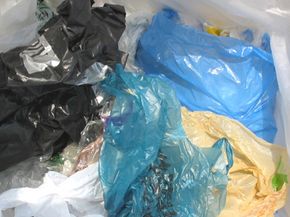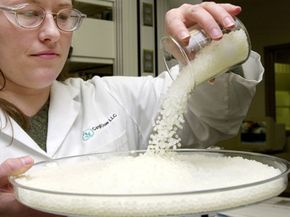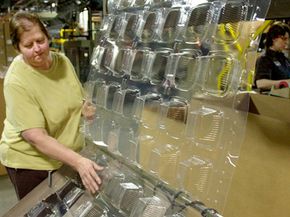Key Takeaways
- Eco-plastic refers to environmentally friendly alternatives to traditional plastics.
- These materials are derived from renewable sources or are biodegradable.
- Eco-plastics aim to reduce the environmental impact of plastic production and disposal.
Every year, U.S. landfills handle tens of billions of tons of plastic [source: ACF]. And in this case "handle" means "do nothing with" -- plastic just sits there unfazed for hundreds of years. The microbes that degrade other trash don't want anything to do with plastic.
The eco-nightmare that is plastic-laden landfills has sparked the move from plastic to paper grocery bags, cardboard instead of plastic for prepared foods and products like the exclusive-to-Japan Toyota Raum -- a car whose interior boasts some "eco-plastic" components. [source: SLM].
Advertisement
Eco-plastic seems like an oxymoron, and it very well may be. But it also seems to be the next step in greening our lives.
Eco-plastics come in all different forms. Some are simply plastics made all or partially from recycled traditional plastics. Traditional petroleum-based plastics are the kind that sit in landfills for centuries. These "eco-plastics" aren't any more biodegradable than the nonrecycled kind, but they have the environmental benefit of keeping a lot of that nonbiodegradable stuff out of landfills in the first place.
But when people talk about environmentally friendly plastic, they're more often talking about "bioplastics," a very different animal. Bioplastics are made from biological material instead of from fossil fuels, and they're supposed to have very different properties from traditional plastics. There's also a pretty new subgroup of plastics made with synthetic materials that might react differently in landfills from the regular stuff.
In this article, we'll find out what these eco-plastics really are, what they're used in and how they may (or may not) help the environment.
To begin to understand what eco-plastics are all about, it's helpful to understand the goals of the product. With the exception of the recycled traditional-plastic kind, eco-plastics should, first and foremost, degrade under normal landfill conditions. But the big question is -- is that even possible?
Advertisement


